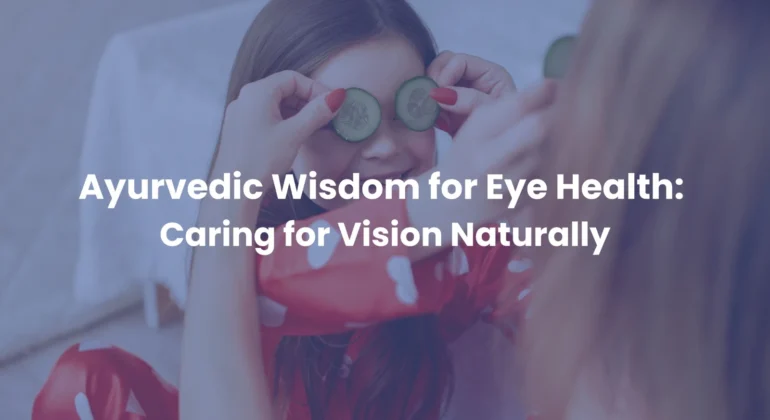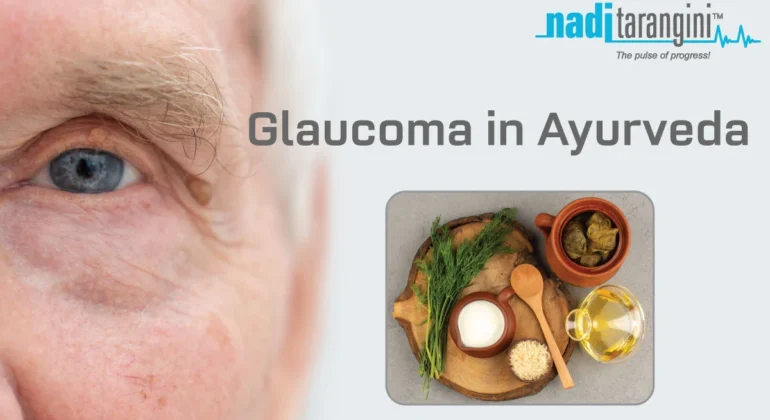Glaucoma in Ayurveda.
World Glaucoma Day, which takes place on the 12th of March of every year, is a unique initiative that puts a spotlight on Glaucoma as the leading cause of preventable irreversible blindness worldwide. The timely diagnosis and treatment of glaucoma can prevent needless vision impairment. …



